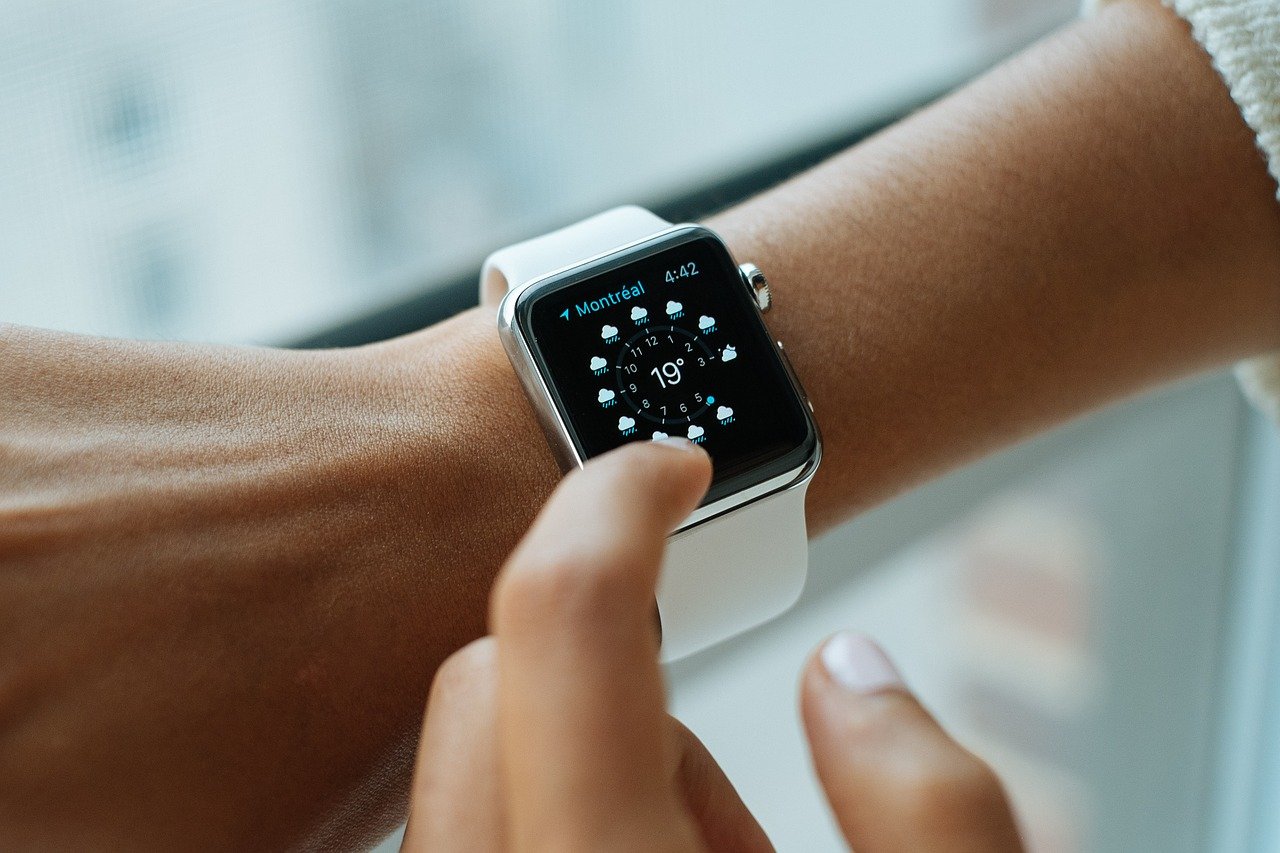Growing older or developing a chronic illness is something few of us like to think about. Nor may we relish the idea of watching our loved ones grow older or become disabled, particularly as we consider the challenges of caregiving. But the reality is that aging is inevitable, disabilities may strike at any time, and caregiving is a vast responsibility many of us will face.
There is good news in that today’s technologies can significantly improve the overall quality of life of seniors and persons living with a disability, while also making it easier for loved ones to provide the kind of care our seniors and persons with disabilities deserve.
From so-called “active-aging” to mobile health technologies, there is something for almost every need. With these technologies, not only can seniors and those with disabilities lead healthier, more empowered, and more independent lives, but caregivers also have more and better tools than ever before to support their loved one.
Aging in Place The American population is aging. According to estimates from the Urban Institute, by 2040, more than 80 million adults in the US will be over the age of 65. That is double the number of seniors living in the US in the year 2000. And, by 2040, the number of seniors aged 85 and over and requiring assistance with basic care needs will have quadrupled.
As the population ages, so, too, does the demand for resources that allow seniors to retain their independence and, ideally, to remain in their homes for as long as possible. The “aging in place” phenomenon is real and growing, driving the development of new and better tools to enable Baby Boomers to continue to live safely, healthfully, and happily at home.
More than 30% of seniors want and intend to continue living in their homes for as long as possible, and today’s web-connected, mobile health technologies (mHealth) are making that happen. Thanks to significant advancements in high-speed internet capabilities, it’s now possible for both seniors and persons with disabilities to remain in constant contact with their care providers and healthcare teams, even when living alone.
And the capabilities of these technologies are vast and expanding. Telehealth technologies allow seniors to connect with and be monitored by their physicians through secure video conferencing, ensuring not only consistency but also near-immediate care when needed — all from the comfort and convenience of home.
Such access to virtual care isn’t only a benefit to physical health, but it’s also imperative for mental healthcare as well. As the COVID-19 pandemic drags on, seniors are likely to find themselves suffering from the mental health effects of social isolation. However, being able to connect not only with loved ones through virtual platforms but also with mental health counselors helps to ensure that seniors both survive and thrive in these challenging times.
Similarly, mHealth technologies can ensure that caregivers and healthcare providers receive immediate alerts of potential concerns or probably emergencies. Such capabilities include everything from fall detection and alerts to the remote monitoring of patients’ vital signs, from blood pressure and heart rate to sleep patterns. They can even monitor the patient’s nutrition and medication regime.

Independence and Empowerment of Persons with Disabilities
Seniors are far from the only ones to benefit from the proliferation of today’s technologies. The same tools that are aiding seniors in retaining their independence and improving their health are also helping persons with disabilities to do the same.
For example, digital assistants such as Alexa and Cortana, are providing invaluable support for persons with mobility impairments. Through a simple voice command, persons with disabilities can control the lights, lock and unlock their doors, adjust the thermostat, and even order takeout!
But that’s not all. Screen magnifiers and screen readers allow persons with visual impairments to surf the internet and work on the computer, while virtual learning platforms enable students with disabilities to learn from home if they are unable to attend classes on campus. This means that, thanks to today’s tech, persons with disabilities no longer have to be excluded from the worlds of work or of education, simply because their condition may require them to remain at home when needed.
A New Understanding
We’ve already seen how web-connected devices can instantly connect users with their caregivers, while also providing constant remote monitoring and alert capabilities. This offers immense peace of mind to caregivers who simply cannot be at their loved one’s side 24/7, particularly in situations when the loved one prefers to live independently in their own homes.
But, as profound as those benefits are, they are far from the only gifts that these technologies offer caregivers. One of the most important and exciting, perhaps, is the emergence of virtual reality (VR) technologies that enable caregivers to experience the realities that their loved ones experience. VR tools, for instance, are now being used to simulate the sensory, physical, and cognitive effects of conditions such as Alzheimer’s and dementia. And there is perhaps no better tool for empathizing with, understanding, or meeting the needs of a loved one than to virtually walk a mile in their shoes.
The Takeaway
Life with a disability is not easy and aging is assuredly not for the faint of heart. And yet, today’s technologies are giving seniors and persons with disabilities greater power and more resources than ever before to retain their independence and lead healthier and happier lives. Not only this, but such resources also serve to increase the quality of care that caregivers can provide. And that means a brighter future for us all!









